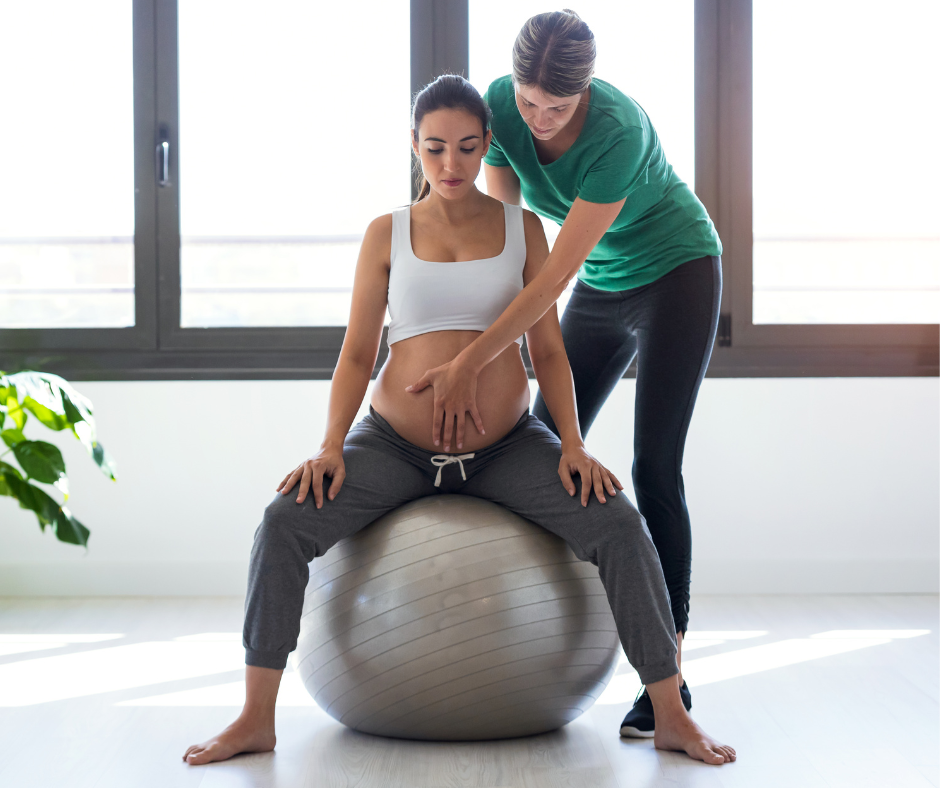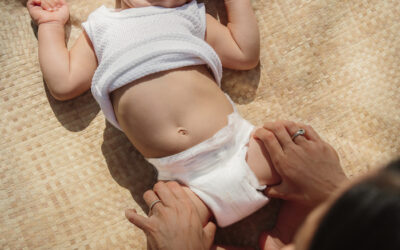
As you near your due date, you may have quite a few things that are causing you anxiety, most notably labor and delivery. There are things that can go wrong, and you’ve probably heard some horror stories from women who experienced a lot of difficulty during labor. One of the most frightening and distressing aspects of giving birth is vaginal tearing.
What Is Vaginal Tearing?
Vaginal tearing is when the perineum, the area between the vagina and anus, rips due to the pressure of the baby coming out.
Sometimes, to avoid tearing, your doctor will perform an episiotomy. This is a procedure that involves cutting the perineum to make the area wider for the baby to come through.
Whether you tear or get an episiotomy, you will most likely need stitches.
How Long Do Vaginal Tears Take To Heal?
The amount of time it takes for a vaginal tear to heal depends on the severity of the wound. “Most people feel relief from any pain caused by a vaginal tear in about two weeks. If your tear was larger, it may take longer,” explains Cleveland Clinic.
If a vaginal tear gets infected, the healing process can be prolonged. Signs of infection include bad smelling discharge, the stitches getting more painful, the skin around the tear being red and swollen (use a mirror to check), and fever. It’s important to make an appointment with your healthcare provider right away if you suspect that you have an infection.

What Makes You More Likely To Tear During Birth?
There are a few factors that can make tearing more probable:
Being A First-Time Mother
Women giving birth for the first time are more likely to experience a vaginal tear or need an episiotomy to ease the labor process. “Up to 9 in 10 first-time mothers who have a vaginal birth will have some sort of tear, graze or episiotomy,” says the NHS.
Baby’s Position And Size
If your baby has deviated from the optimal childbirth position – head down and chin tucked – the diameter which your vagina has to accommodate increases. Also, the bigger the baby, the bigger the opening they would need! Both of these factors can contribute to the likelihood of tearing during delivery.
Long Labor
The extra pressure that comes with struggling with delivery for a long period of time can cause a tear. “…if you’ve been in labor or pushing for a while, you might have some swelling in the perineal tissue, which limits its ability to stretch and increases the risk of tearing during birth,” explains The Bump.
Using Forceps Or A Vacuum During Delivery
Some babies need a little extra help to come out. This sometimes comes in the form of either forceps or a vacuum. Unfortunately, this can increase the chance of vaginal tearing.

Can You Prevent Tearing During Labor?
There are a few precautions you can take while you’re still pregnant to reduce the chance of vaginal tears or the need for an episiotomy:
Stay Hydrated And Eat Well
Nutrition and hydration levels can play a role in how things go in the delivery room! Being well-hydrated and consuming enough vitamins can aid in your skin’s elasticity. Carry a water bottle around with you and drink herbal tea. Focus on foods that are high in vitamins A, C, and E – these vitamins play important roles in skin health. Think leafy greens, eggs, tomatoes, red peppers, and avocados.
Perineal Massage
According to the Royal College of Obstetricians and Gynecologists, “From 35 weeks onwards, you or your partner can use daily perineal massage until your baby is born which may reduce your risk of tearing.” You can sit in a warm bath first to relax your muscles and then use a gentle oil (like vitamin E or olive oil) to massage the area. “Gently massage the lower half of your vagina using a U shaped movement for 2-3 minutes. Repeat this 2-3 times.”

Warm Compress
During labor, your healthcare provider or nurse can place a warm compress on the vagina area to help relax the perineum.
Try An Upright Delivery Position
While many hospitals will place you on your back by default, giving birth upright or in an all-fours position may help prevent tearing. Ask your healthcare provider for assistance in an upright or squatting birthing position.
Listen To Your Body While Pushing
You may think that you need to be coached to push and push on command. This isn’t always the case, as Parents points out, “When you take the lead, you do just enough for you to feel your baby move, which allows the vagina to stretch slowly, reducing the likelihood of tearing.” Pushing too hard can increase the chance of tearing.

Do Pelvic Floor Exercises Prevent Tearing?
Doing pregnancy-safe exercises is an amazing way to prepare your body for the birth process. Exercises such as kegels, squats, and bridges strengthen the muscles you need for labor. Plus, it can prevent future stress incontinence (leaking when you cough or sneeze).
Lamaze International highlighted that pairing kegels with perineal massage has aided in protecting the pelvic floor of women and increased the chance of having no tearing at all from 6% to 17%.
There are no guarantees about how childbirth will go. You can have a detailed birth plan, but unforeseen things can happen, one being tearing. There are no foolproof ways to prevent vaginal tearing. However, taking care of yourself and focusing on a healthy pregnancy can go a long way in making the labor process less stressful and painful.
Advocating for yourself in the delivery room is also a vital part of having a positive birth experience. Learn about this through prenatal courses. Our Birth Made Simple course will take you through everything you need to know about labor, birth, and the immediate postpartum period. Get started!




